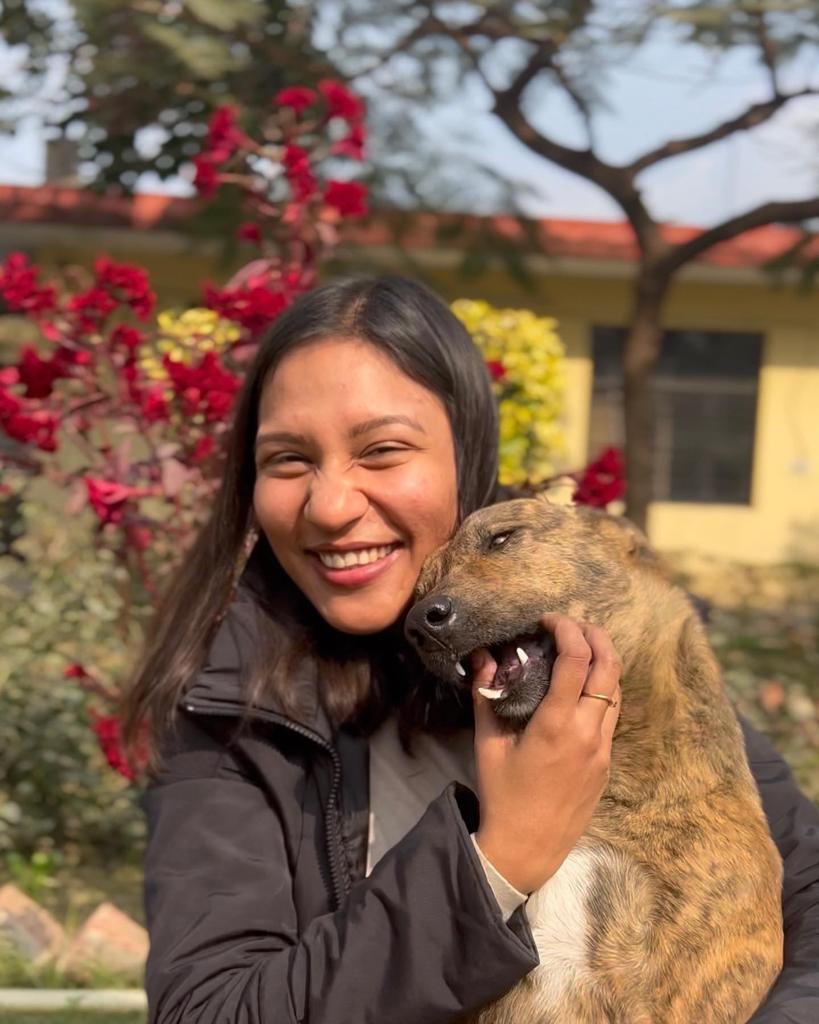Nurturing Compassion: How to Feed Community Animals and Ensure Their Well-being
In the bustling streets and quiet corners of our communities, there are countless animals in need of nourishment and care. From stray dogs and cats to birds and squirrels, these creatures rely on the kindness of humans to survive and thrive. As stewards of the earth and its inhabitants, it is our responsibility to extend a helping hand and ensure the well-being of our furry and feathered friends. In this article, we will explore various ways in which people can feed community animals and contribute to their welfare, fostering a culture of compassion and empathy for all living beings.

- Provide Regular Meals: One of the most direct ways to support community animals is by providing them with regular meals. Set aside a portion of your daily meals or allocate a specific time each day to feed animals in your neighborhood. This can be as simple as leaving out bowls of food and water in accessible locations or setting up feeding stations in public spaces. By establishing a routine and consistently providing food, you help ensure that community animals have access to nourishment to sustain them throughout the day.
- Choose Nutritious Food: When feeding community animals, it’s important to offer them nutritious and balanced meals that meet their dietary needs. Opt for high-quality pet food or homemade meals made from wholesome ingredients such as lean meats, vegetables, and grains. Avoid feeding animals processed or unhealthy foods that may cause digestive issues or contribute to poor health. Additionally, consider consulting with a veterinarian or animal nutritionist for guidance on appropriate diets for different species of community animals.
- Practice Responsible Feeding: While feeding community animals is a compassionate act, it’s essential to do so responsibly to prevent unintended consequences. Avoid overfeeding animals, as excess food can attract pests and contribute to obesity and health problems. Additionally, be mindful of where and how you feed animals to minimize disruptions to the environment and prevent conflicts with residents or businesses. Dispose of leftover food and packaging properly to maintain cleanliness and hygiene in the area.
- Collaborate with Others: Feeding community animals can be a collaborative effort that brings together individuals, businesses, and community organizations. Consider partnering with local animal welfare groups, shelters, or veterinary clinics to coordinate feeding programs and share resources. Engage with your neighbors and community members to raise awareness about the importance of caring for community animals and encourage collective action to support their well-being.
- Provide Shelter and Safe Spaces: In addition to food, community animals also require shelter and safe spaces where they can rest and seek refuge from the elements. Consider installing shelters or providing bedding materials in outdoor areas to protect animals from harsh weather conditions such as rain, wind, and extreme temperatures. Create designated safe zones where animals can find sanctuary away from busy roads or areas with high human traffic, allowing them to feel secure and comfortable while they eat and rest.
- Promote TNR Programs: For community cats, implementing Trap-Neuter-Return (TNR) programs is an effective way to manage populations and improve their welfare. TNR involves trapping feral cats, sterilizing them to prevent further breeding, and returning them to their original location. By stabilizing cat populations through sterilization and vaccination, TNR programs help reduce the number of kittens born on the streets and improve the overall health of community cat colonies.
- Support Animal Welfare Organizations: Animal welfare organizations play a vital role in caring for community animals and advocating for their rights. Consider supporting local shelters, rescue groups, and nonprofits that provide food, medical care, and other essential services to animals in need. Volunteer your time, donate supplies or funds, or participate in fundraising events to help these organizations continue their valuable work in the community.
- Educate and Empower Others: Raise awareness about the importance of feeding and caring for community animals by educating others in your community. Share information about responsible feeding practices, humane animal management, and the benefits of compassion towards animals. Encourage others to get involved and take action to support community animals, whether it’s through feeding, volunteering, or advocating for animal welfare initiatives.
- Lead by Example: As advocates for animal welfare, it’s important to lead by example and embody the values of kindness, empathy, and respect towards all living beings. Be a role model for others in your community by demonstrating compassion towards community animals and showing them the care and consideration they deserve. Through your actions and advocacy, inspire others to follow suit and create a more compassionate and inclusive society for animals and humans alike.
- Celebrate Success and Progress: Finally, take time to celebrate the successes and progress made in caring for community animals. Whether it’s seeing a once malnourished stray cat thrive under your care or witnessing a community come together to support a feeding program, acknowledge and appreciate the positive impact you and others are making in the lives of animals. By celebrating success, we reinforce the importance of our collective efforts and inspire continued action towards creating a better world for community animals.
In conclusion, feeding community animals and ensuring their well-being is a noble endeavor that embodies the values of compassion, empathy, and responsibility. By providing regular meals, choosing nutritious food, practicing responsible feeding, collaborating with others, and supporting animals.